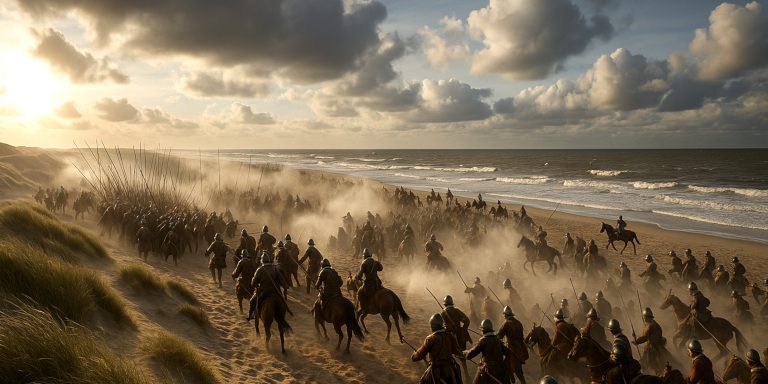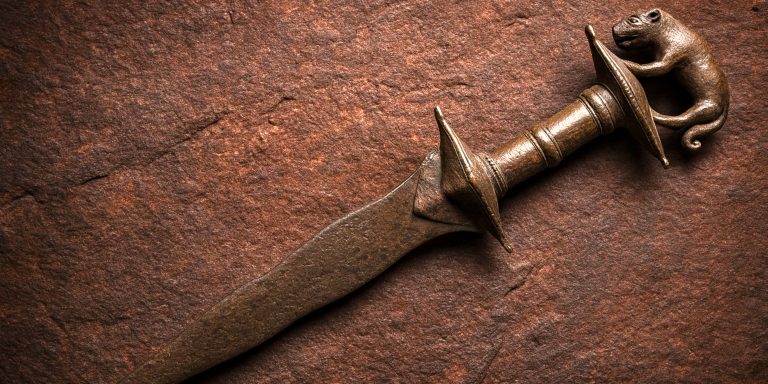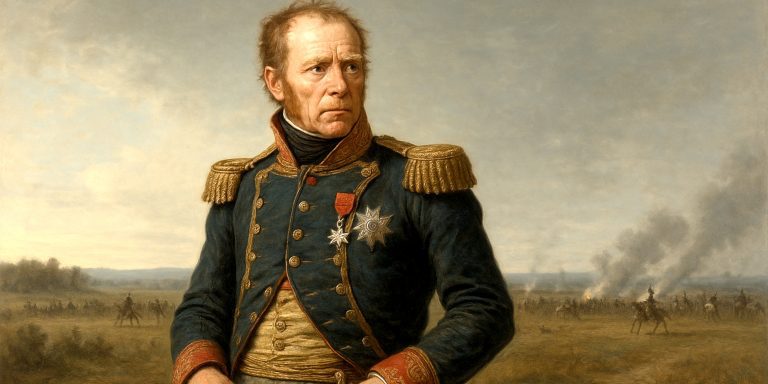
Skanderbeg stands as one of those rare figures who can be described without exaggeration. His life reads like a test of will against the expanding Ottoman Empire, and remarkably, he passed that test for more than two decades. Studying him feels like tracing the outline of a man who understood his land, his people and the limitations of his army with rare precision.
Early Life and Return to Albania
Skanderbeg was shaped by the Ottoman military world long before he ever opposed it. As a youth taken into Ottoman service, he absorbed their methods, their discipline and their weaknesses. When he returned to Albania in 1443 and reclaimed Krujë, he did so with a commander’s eye, already trained by the very force he would soon resist.
Arms and Armour of Skanderbeg
Armour
- Mail shirt with selective plate reinforcement on the arms and shoulders
- Designed for mobility and endurance, suited to Balkan mountain warfare
- Lightweight enough for rapid movement and sudden strikes
Weapons
- Curved single handed sword held today in Vienna
- Straight, double edged arming sword of North Italian influence
- Open faced helmet with a goat crest, both symbolic and functional
These pieces speak of a leader who fought often and valued reliability over splendour.
Battles and Military Acumen
Skanderbeg’s command style relied on intuition backed by discipline. He avoided large set piece battles unless the ground favoured him, and he made ambush a strategic art.
Key Engagements
- Krujë, multiple sieges held with stubborn efficiency
- Torvioll, 1444, a decisive early victory using feigned retreats and fast cavalry
- Mokra, 1445, another ambush where he struck before the Ottomans deployed
- The campaigns of the 1460s, fought with careful withdrawals and defensive mastery
Italian observers in particular saw him as the most reliable shield against Ottoman advance. His reputation was built not on myth, but on results.
Where to See Skanderbeg Artefacts Today
- Kunsthistorisches Museum, Vienna
Two swords and the famed goat crested helmet, preserved through Habsburg custody. - National Museum of History, Tirana
Finds from Albanian fortification sites and later artistic depictions. - Krujë Castle Museum
Built on the fortress he defended. An evocative site that conveys his strategic brilliance immediately.
Latest Archaeological Findings
Recent work has sharpened our understanding of Skanderbeg’s defensive network.
- Excavations at Krujë show phases of hurried reinforcement that correspond closely with Ottoman campaign seasons
- Survey projects in Dibra reveal a chain of fortifications and signal points, more complex than previously mapped
- Metallurgical studies of Balkan armour confirm that his forces were light, fast and ideal for guerrilla style operations
The archaeology paints a picture of a commander who prepared meticulously long before a campaign began.
Legacy
Even when stripped of patriotic storytelling, Skanderbeg remains one of Europe’s most effective fifteenth century commanders. Albania held out while much of the Balkans fell, and the speed with which the Ottomans advanced after his death tells its own story. His leadership held the line more securely than walls alone ever could.
Watch the documentary:



